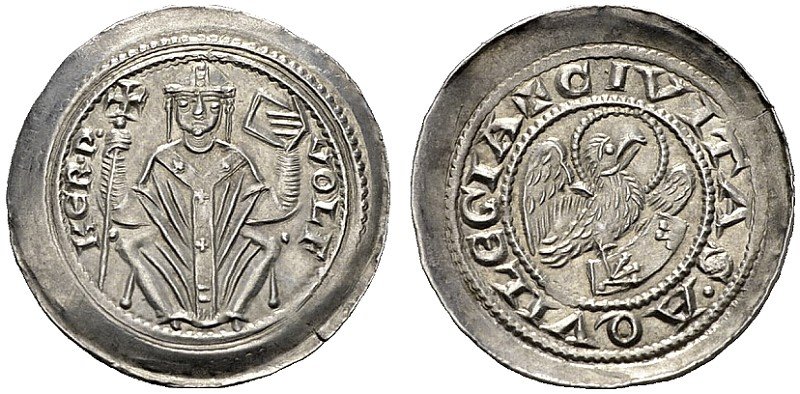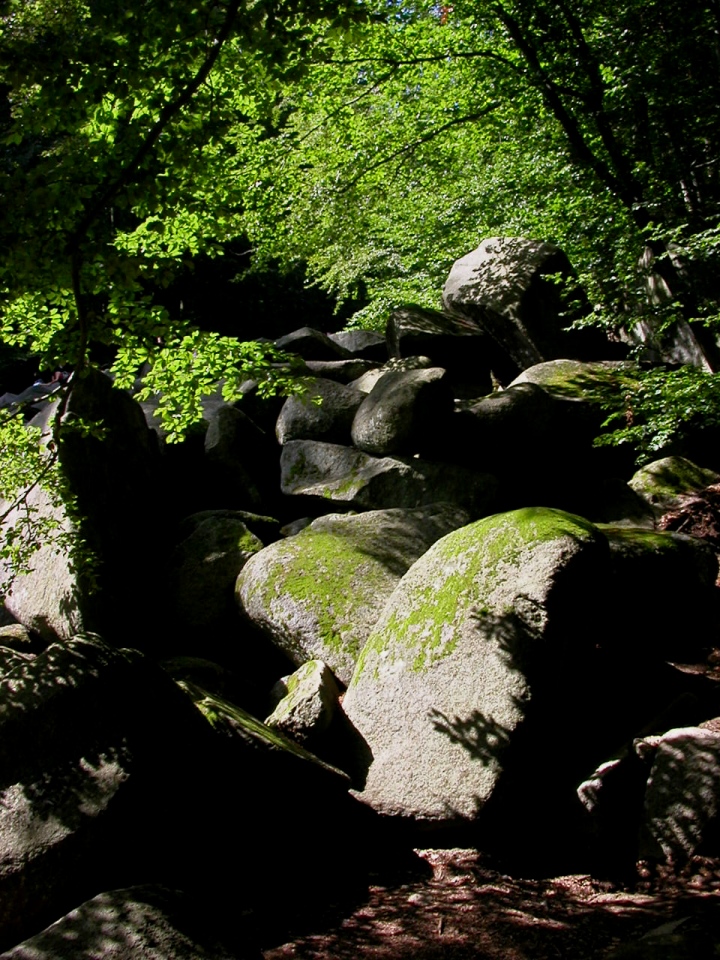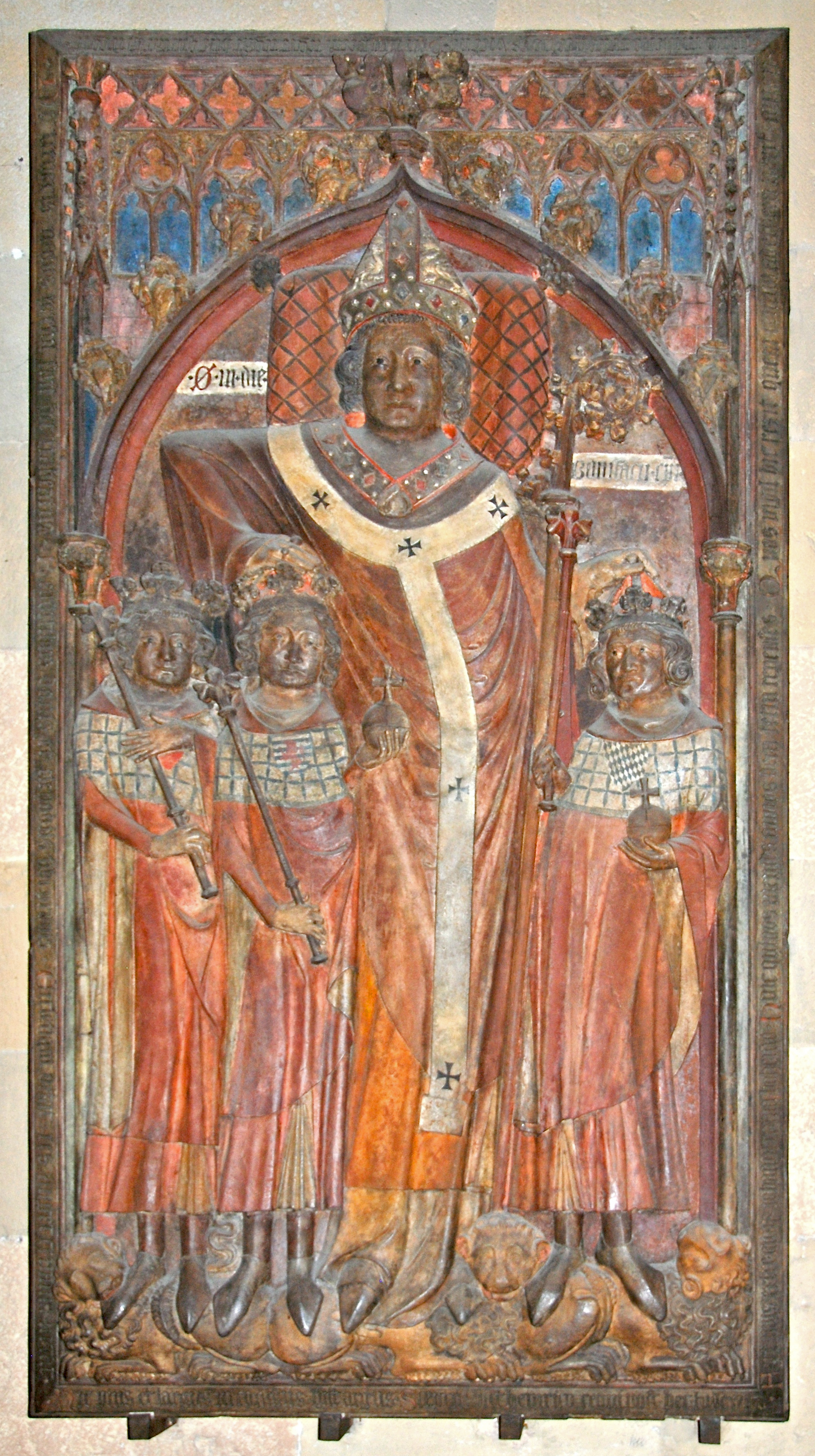|
Obernburg
Obernburg am Main (officially ''Obernburg a.Main'', short version: ''Obernburg,'' ) is a town in the Miltenberg district in the ''Regierungsbezirk'' of Lower Franconia (''Unterfranken'') in Bavaria, Germany. It has a population of around 8,500. Geography Location Obernburg lies at the mouth of the river Mümling, where it empties into the Main, at the foot of the Odenwald (range). History Between 83 and 85, the Romans constructed the Obernburg castrum, named ''Nemaninga'', to guard the Limes Germanicus which followed the Main river here. It was originally built from wood but in the middle of the 2nd century AD replaced by a stone fort. The castrum was the garrison of the ''Cohors IIII Aquitanorum equitata''. The stone fort, with an area of 2.9 ha and a nearly rectangular ground plan of roughly 185/188 × 160 m was oriented to the river Main. Obernburg's old town still somewhat corresponds to the castrum's footprint, with some of the thoroughfares cor ... [...More Info...] [...Related Items...] OR: [Wikipedia] [Google] [Baidu] |
Mümling
The Mümling is a river of Hesse and Bavaria, Germany. It is long and lends its name to the Mümlingtal (Mümling valley) in Odenwald. In Bavaria it is sometimes called Mömling in official documents. It is a left tributary of the Main. Etymology The Romans named this river ''Nemaninga'', and after it the ''Numerus Brittonum et exploratorum Nemaningensium'' unit in Obernburg. In the 9th century, this river was first mentioned with the name ''Mimininga''. The name ''Mümling'' probably belongs to the so-called "pra-european hydronyms" as a twin-form of Neman River. Cities near Mümling * Beerfelden * Erbach * Michelstadt * * Bad König * * Höchst im Odenwald * Breuberg * Mömlingen * * Obernburg See also *List of rivers of Bavaria *List of rivers of Hesse A list of rivers of Hesse, Germany: A * Aar, tributary of the Dill * Aar, tributary of the Lahn * Aar, tributary of the Twiste *Aarbach *Affhöllerbach * Ahlersbach, tributary of the Kinzig in Schlüchtern-Herolz * ... [...More Info...] [...Related Items...] OR: [Wikipedia] [Google] [Baidu] |
Miltenberg (district)
Miltenberg () is a ''Landkreis'' (district) in Bavaria, Germany. It is bounded by (from the north and clockwise) the city of Aschaffenburg, the districts of Aschaffenburg and Main-Spessart, and the states of Baden-Württemberg (districts of Main-Tauber and Neckar-Odenwald) and Hesse (districts of Odenwaldkreis and Darmstadt-Dieburg). History During the Middle Ages there was continuous fighting between the Archbishop of Mainz and the Counts of Rieneck. Both attempted to rule the region and erected castles in the Spessart hills. Later other small fiefs became involved in these fights as well. During the 13th century the towns along the river Main emerged. As a result of the trade on the river, their wealth grew, and this became a very prosperous region. Prosperity ended abruptly in the Thirty Years' War, when the area was devastated and depopulated. In 1803, the ecclesial states of Germany were dissolved, among them the Archbishopric of Mainz. By 1816, the Kingdom of Bavaria had a ... [...More Info...] [...Related Items...] OR: [Wikipedia] [Google] [Baidu] |
Wolfger Von Erla
Wolfger von Erla, known in Italian as Volchero (c. 1140 – 23 January 1218), was the Bishop of Passau from 1191 until 1204 and Patriarch of Aquileia thereafter until his death. He was renowned in his own time as a diplomat and peacemaker. He participated in the highest levels of the politics of the Holy Roman Empire, traveling frequently between Germany and Italy, where he served as imperial legate. He took part in the Crusade of 1197 and played a role in founding the Teutonic Knights. Wolfger's courts at Passau and Aquileia attracted scholars and writers. His possible patronage of the ''Nibelungenlied'' has assured him a central place in the history of German literature. Early life Wolfger was born to a noble family from Erla on the river Enns. Early documents show him as a married layman and with a least one son named Ottokar. He probably entered minor orders as a widower. In 1183, he became the provost of Pfaffmünster near Straubing and in 1184 of Zell am See. He became a ... [...More Info...] [...Related Items...] OR: [Wikipedia] [Google] [Baidu] |
Main (river)
The Main () is the longest tributary of the Rhine. It rises as the White Main in the Fichtel Mountains of northeastern Bavaria and flows west through central Germany for to meet the Rhine below Rüsselsheim, Hesse. The cities of Mainz and Wiesbaden are close to the confluence. The largest cities on the Main are Frankfurt am Main, Offenbach am Main and Würzburg. It is the longest river lying entirely in Germany (if the Weser- Werra are considered separate). Geography The Main flows through the north and north-west of the state of Bavaria then across southern Hesse; against the latter it demarcates a third state, Baden-Württemberg, east and west of Wertheim am Main, the northernmost town of that state. The upper end of its basin opposes that of the Danube where the watershed is recognised by natural biologists, sea salinity studies (and hydrology science more broadly) as the European Watershed. The Main begins near Kulmbach in Franconia at the joining of its two hea ... [...More Info...] [...Related Items...] OR: [Wikipedia] [Google] [Baidu] |
Odenwald
The Odenwald () is a low mountain range in the German states of Hesse, Bavaria and Baden-Württemberg. Location The Odenwald is located between the Upper Rhine Plain with the Bergstraße and the ''Hessisches Ried'' (the northeastern section of the Rhine rift) to the west, the Main and the Bauland (a mostly unwooded area with good soils) to the east, the Hanau-Seligenstadt Basin – a subbasin of the Upper Rhine Rift Valley in the Rhine-Main Lowlands – to the north and the Kraichgau to the south. The part south of the Neckar valley is sometimes called the '' Kleiner Odenwald'' ("Little Odenwald"). The northern and western Odenwald belong to southern Hesse, with the south stretching into Baden. In the northeast, a small part lies in Lower Franconia in Bavaria. Geology The Odenwald, along with other parts of the Central German Uplands, belongs to the Variscan, which more than 300 million years ago in the Carboniferous period ran through great parts of Europe. ... [...More Info...] [...Related Items...] OR: [Wikipedia] [Google] [Baidu] |
Lower Franconia
Lower Franconia (german: Unterfranken) is one of seven districts of Bavaria, Germany. The districts of Lower, Middle and Upper Franconia make up the region of Franconia. History After the founding of the Kingdom of Bavaria the state was totally reorganised and, in 1808, divided into 15 administrative government regions (German: , singular ), in Bavaria called (singular: ). They were created in the fashion of the French departements, quite even in size and population, and named after their main rivers. In the following years, due to territorial changes (e. g. loss of Tyrol, addition of the Palatinate), the number of Kreise was reduced to 8. One of these was the Untermainkreis (Lower Main District). In 1837 king Ludwig I of Bavaria renamed the Kreise after historical territorial names and tribes of the area. This also involved some border changes or territorial swaps. Thus the name Untermainkreis changed to Lower Franconia and Aschaffenburg, but the city name was dropped in ... [...More Info...] [...Related Items...] OR: [Wikipedia] [Google] [Baidu] |
Bündnis 90/Die Grünen
Alliance 90/The Greens (german: Bündnis 90/Die Grünen, ), often simply referred to as the Greens ( ), is a green political party in Germany. It was formed in 1993 as the merger of The Greens (formed in West Germany in 1980) and Alliance 90 (formed in East Germany in 1990). The Greens had itself merged with the East German Green Party after German reunification in 1990. Since January 2022, Ricarda Lang and Omid Nouripour have been co-leaders of the party. It currently holds 118 of the 736 seats in the Bundestag, having won 14.8% of votes cast in the 2021 federal election, and its parliamentary group is the third largest of six. Its parliamentary co-leaders are Britta Haßelmann and Katharina Dröge. The Greens have been part of the federal government during two periods: first as a junior partner to the Social Democrats (SPD) from 1998 to 2005, and again with the SPD and the FDP following the 2021 German federal election. In the incumbent Scholz cabinet, the Greens have fi ... [...More Info...] [...Related Items...] OR: [Wikipedia] [Google] [Baidu] |
Free Voters
Free Voters (german: Freie Wähler, FW or FWG) in Germany may belong to an association of people which participates in an election without having the status of a registered political party. Usually it involves a locally organized group of voters in the form of a registered association (eV). In most cases, Free Voters campaign only at the local-government level, standing for city councils and for mayoralties. Free Voters tend to achieve their most successful electoral results in rural areas of southern Germany, appealing most to conservative voters who prefer local decisions to party politics. Free Voter groups are active in all German states. Unlike in the other German states, the Free Voters of Bavaria have also contested state elections since 1998. In the Bavaria state election of 2008 FW obtained 10.2% of the vote and gained their first 20 seats in the Landtag. FW may have been helped by the presence in its list of Gabriele Pauli, a former member of the Christian Social Un ... [...More Info...] [...Related Items...] OR: [Wikipedia] [Google] [Baidu] |
Social Democratic Party Of Germany
The Social Democratic Party of Germany (german: Sozialdemokratische Partei Deutschlands, ; SPD, ) is a centre-left social democratic political party in Germany. It is one of the major parties of contemporary Germany. Saskia Esken has been the party's leader since the 2019 leadership election together with Lars Klingbeil, who joined her in December 2021. After Olaf Scholz was elected chancellor in 2021 the SPD became the leading party of the federal government, which the SPD formed with the Greens and the Free Democratic Party, after the 2021 federal election. The SPD is a member of 11 of the 16 German state governments and is a leading partner in seven of them. The SPD was established in 1863. It was one of the earliest Marxist-influenced parties in the world. From the 1890s through the early 20th century, the SPD was Europe's largest Marxist party, and the most popular political party in Germany. During the First World War, the party split between a pro-war mainstream ... [...More Info...] [...Related Items...] OR: [Wikipedia] [Google] [Baidu] |
Peter Of Aspelt
Peter of Aspelt (aka ''Peter von Aichspelt, Peter von Basel, Peter von Mainz''; born 1240/45, died 5 June 1320 in Mainz) was Archbishop of Mainz from 1306 to 1320, and an influential political figure of the period. He brought the archbishopric to its peak of power. Life It is assumed that Peter of Aspelt was born between 1240 and 1245, either in Aspelt, a small village in the County of Luxembourg, about 50 km west of Trier, or in Trier. His father Gerhard worked as a servant at St. Maximin's Abbey in Trier. Peter attended school in Trier, continuing his studies of theology and philosophy, as well as law and medicine, at the universities in Padua, Bologna and Paris. In 1280, he became a pastor in Riol and Birtlingen. In 1286, he obtained the prebend of St. Martin in Bingen am Rhein which was annexed to a canonry of Mainz Cathedral. In the same year, he was appointed chaplain and personal physician to Rudolf of Habsburg, German King of the Romans since 1273. Peter of Aspel ... [...More Info...] [...Related Items...] OR: [Wikipedia] [Google] [Baidu] |
Christian Social Union In Bavaria
The Christian Social Union in Bavaria ( German: , CSU) is a Christian-democratic and conservative political party in Germany. Having a regionalist identity, the CSU operates only in Bavaria while its larger counterpart, the Christian Democratic Union (CDU), operates in the other fifteen states of Germany. It differs from the CDU by being somewhat more conservative in social matters, following Catholic social teaching. The CSU is considered the ''de facto'' successor of the Weimar-era Catholic Bavarian People's Party. At the federal level, the CSU forms a common faction in the Bundestag with the CDU which is frequently referred to as the Union Faction (''die Unionsfraktion'') or simply CDU/CSU. The CSU has 45 seats in the Bundestag since the 2021 federal election, making it currently the second smallest of the seven parties represented. The CSU is a member of the European People's Party and the International Democrat Union. Party leader Markus Söder serves as Ministe ... [...More Info...] [...Related Items...] OR: [Wikipedia] [Google] [Baidu] |
Kingdom Of Bavaria
The Kingdom of Bavaria (german: Königreich Bayern; ; spelled ''Baiern'' until 1825) was a German state that succeeded the former Electorate of Bavaria in 1805 and continued to exist until 1918. With the unification of Germany into the German Empire in 1871, the kingdom became a federated state of the new empire and was second in size, power, and wealth only to the leading state, the Kingdom of Prussia. The polity's foundation dates back to the ascension of prince-elector Maximilian I Joseph of Bavaria, Maximilian IV Joseph of the House of Wittelsbach as King of Bavaria in 1805. The crown would go on being held by the Wittelsbachs until the kingdom came to an end in 1918. Most of the border of modern Germany's Bavaria#Free State of Bavaria, Free State of Bavaria were established after 1814 with the Treaty of Paris (1814), Treaty of Paris, in which the Kingdom of Bavaria ceded county of Tyrol, Tyrol and Vorarlberg to the Austrian Empire while receiving Aschaffenburg and Würzburg ... [...More Info...] [...Related Items...] OR: [Wikipedia] [Google] [Baidu] |





